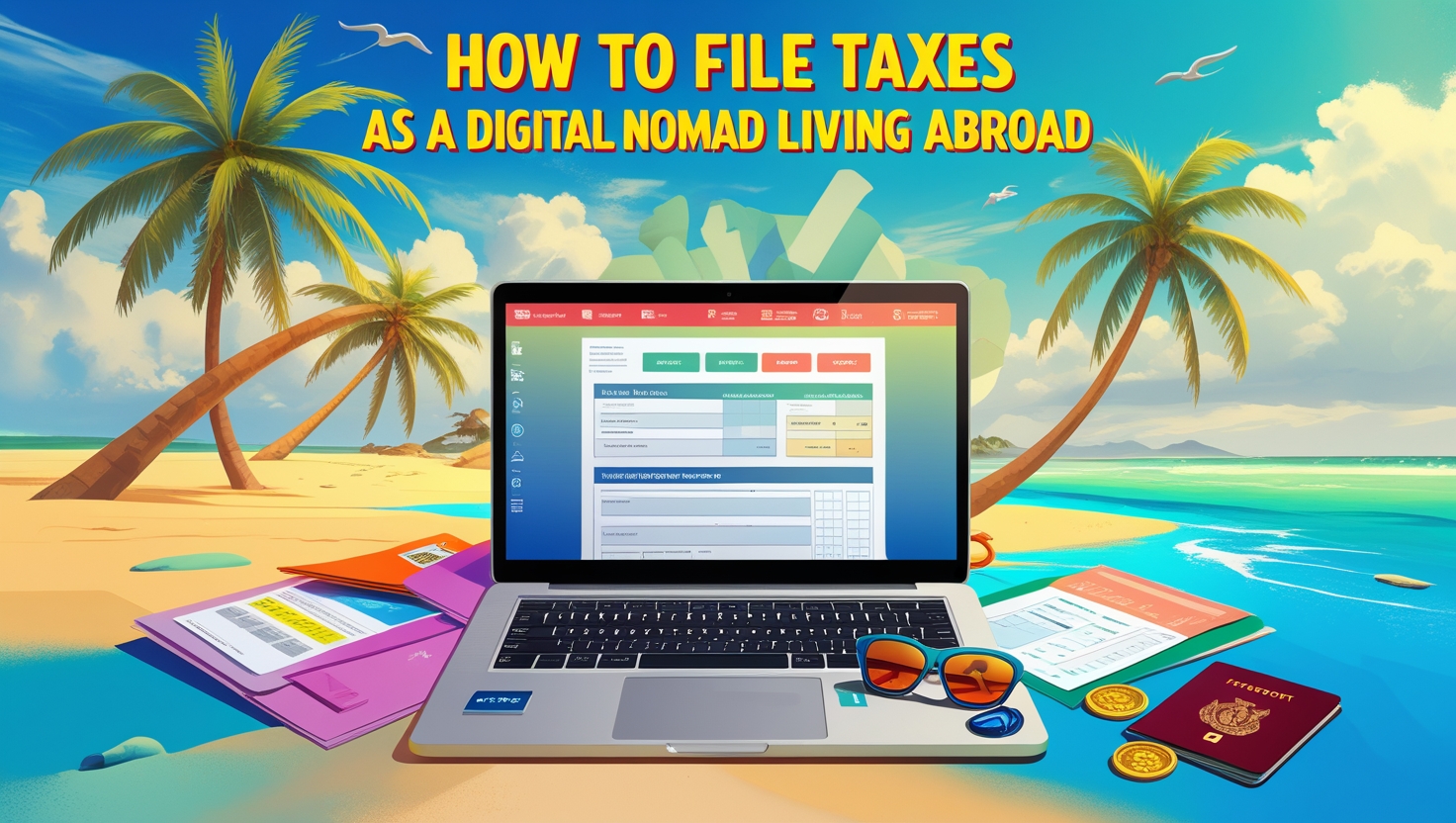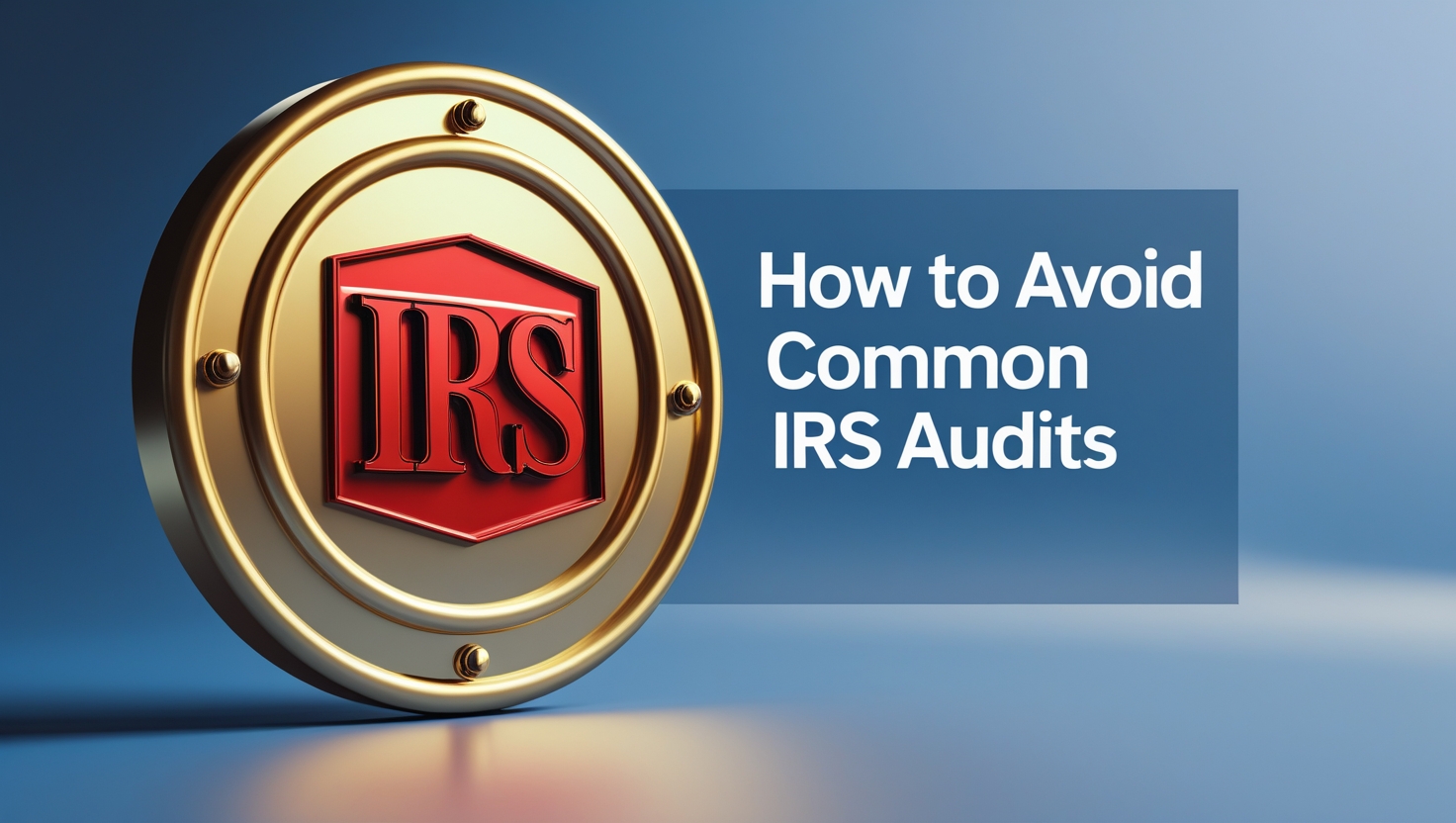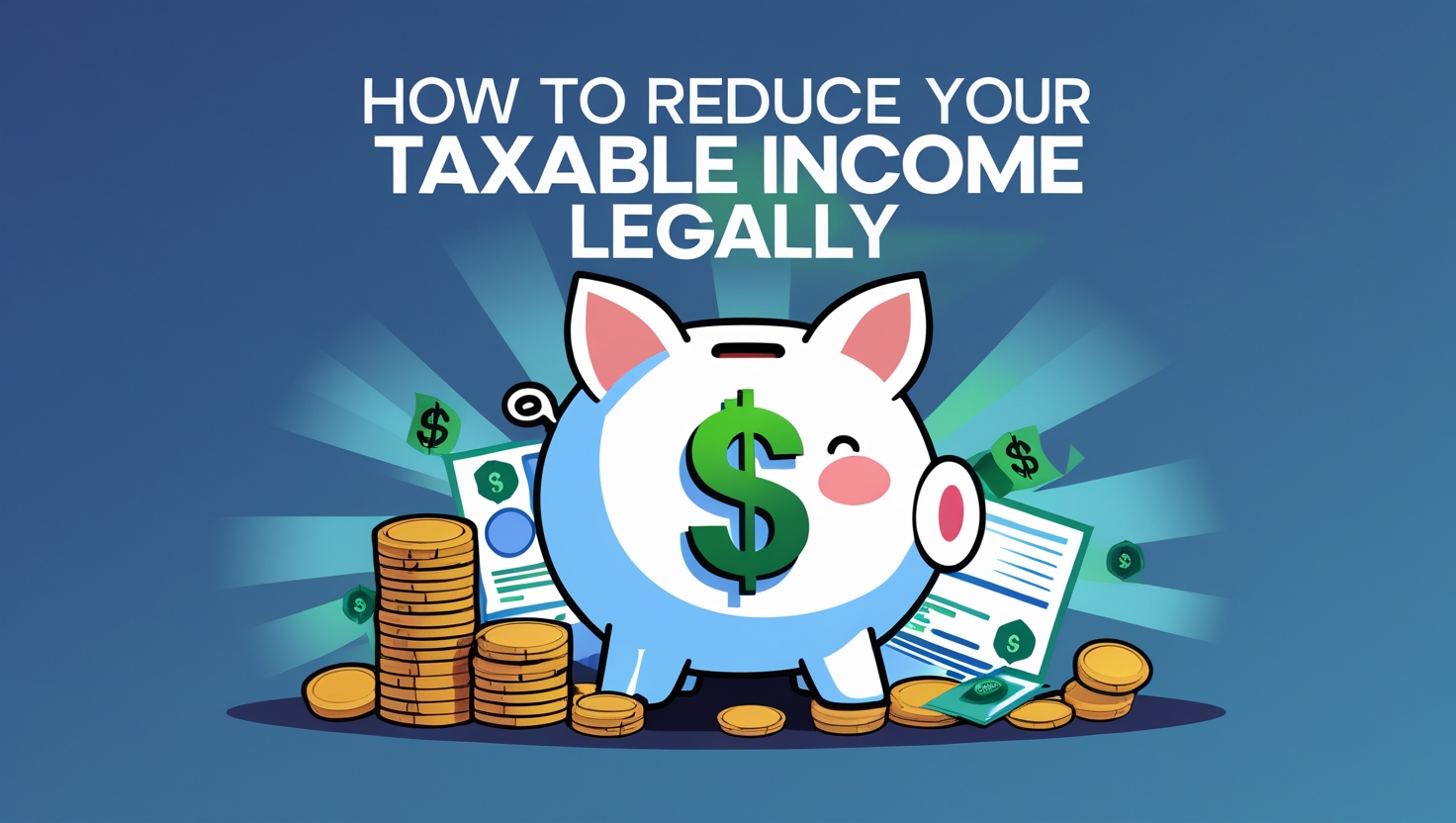So, you’ve decided to live the dream—working remotely from a beach in Bali, a café in Lisbon, or maybe a cozy cabin in the mountains of Peru. Being a digital nomad sounds like the ultimate freedom, right? But here’s the thing: no matter where you are in the world, if you’re a U.S. citizen, Uncle Sam still wants to hear from you come tax season. Filing taxes as a digital nomad can feel overwhelming, but it doesn’t have to be. Let’s break it down step by step so you can keep living your best life without stressing about the IRS.
Why Do Digital Nomads Have to File U.S. Taxes?
First things first: the U.S. is one of the few countries that taxes its citizens on worldwide income. That means even if you’re earning money while sipping coconuts in Thailand, you’re still required to report that income to the IRS. The good news? You might not owe as much as you think, thanks to some tax breaks and exclusions designed for Americans living abroad.
Step 1: Understand Your Tax Residency
Before you start filling out forms, it’s important to know your tax residency status. Most digital nomads are considered U.S. tax residents, even if they haven’t set foot in the country all year. This is because the U.S. taxes based on citizenship, not just physical presence.
However, if you’ve officially moved to another country and established residency there, you might qualify for the Foreign Earned Income Exclusion (FEIE), which can save you a ton of money. More on that later.
Step 2: Gather Your Income Information
As a digital nomad, your income might come from multiple sources—freelance gigs, remote jobs, online businesses, or even passive income like investments. Start by gathering all your income-related documents:
- 1099 forms if you’re a freelancer or contractor
- W-2 forms if you’re employed by a U.S. company
- Bank statements for any income earned abroad
- Invoices for freelance work
- Records of any other income, like rental income or dividends
If you’re working with clients or companies outside the U.S., make sure you have a clear record of how much you’ve been paid and in what currency. You’ll need to convert foreign income to U.S. dollars using the IRS’s annual exchange rates.
Step 3: Determine If You Qualify for the Foreign Earned Income Exclusion (FEIE)
The FEIE is a lifesaver for many digital nomads. It allows you to exclude up to a certain amount of your foreign-earned income from U.S. taxes. For 2023, the exclusion limit is 120,000. That means if you earn less than 120,000 while living abroad, you might not owe any U.S. federal income tax on that money.
To qualify for the FEIE, you must meet one of two tests:
- The Bona Fide Residence Test: You must be a legal resident of a foreign country for an uninterrupted period that includes an entire tax year.
- The Physical Presence Test: You must be physically present in a foreign country for at least 330 full days during a 12-month period.
If you meet either of these tests, you can file Form 2555 with your tax return to claim the exclusion.
Step 4: Don’t Forget About the Foreign Tax Credit
If you’re paying taxes in the country where you’re living, you might be able to claim a Foreign Tax Credit (FTC) to avoid double taxation. The FTC reduces your U.S. tax liability dollar-for-dollar based on the taxes you’ve already paid to a foreign government.
For example, if you paid 5,000intaxestotheSpanishgovernment,youcansubtractthat5,000intaxestotheSpanishgovernment,youcansubtractthat5,000 from your U.S. tax bill. To claim the FTC, you’ll need to file Form 1116 with your tax return.
Step 5: Report Your Foreign Bank Accounts
If you have a bank account in another country with more than $10,000 at any point during the year, you’re required to file a Report of Foreign Bank and Financial Accounts (FBAR) using FinCEN Form 114. This is separate from your tax return and must be filed electronically through the Financial Crimes Enforcement Network’s website.
Failing to report foreign bank accounts can result in hefty penalties, so don’t skip this step!
Step 6: Consider State Taxes
While federal taxes are a given, state taxes can be a bit trickier. Some states, like California and New York, are notorious for trying to tax residents even after they’ve moved abroad. If you’ve officially cut ties with your home state—meaning you’ve moved your belongings, changed your driver’s license, and registered to vote elsewhere—you might be able to avoid state taxes.
However, if you maintain ties to your home state (like keeping a permanent address or visiting frequently), you could still be on the hook for state taxes. It’s worth consulting a tax professional to make sure you’re in the clear.
Step 7: Choose the Right Tax Forms
Filing taxes as a digital nomad usually involves a few extra forms. Here’s a quick rundown of the most common ones:
- Form 1040: The standard U.S. individual income tax return.
- Form 2555: For claiming the Foreign Earned Income Exclusion.
- Form 1116: For claiming the Foreign Tax Credit.
- FinCEN Form 114: For reporting foreign bank accounts (FBAR).
If you’re self-employed, you’ll also need to file Schedule C to report your business income and expenses. And don’t forget about self-employment taxes, which cover Social Security and Medicare.
Step 8: Keep Track of Your Expenses
One of the perks of being a digital nomad is that you can deduct certain business expenses from your taxable income. This includes things like:
- Travel expenses: Flights, trains, and other transportation costs related to your work.
- Accommodation: If you’re renting a place to work, a portion of your rent might be deductible.
- Equipment: Laptops, cameras, and other tools you use for work.
- Internet and phone bills: These are essential for staying connected.
Just make sure you keep detailed records and receipts for everything. The IRS loves documentation!
Step 9: File on Time (Or Request an Extension)
The U.S. tax filing deadline is April 15, but if you’re living abroad, you automatically get a two-month extension to June 15. However, any taxes you owe are still due by April 15, so if you think you’ll owe money, it’s better to file early or make a payment to avoid penalties and interest.
If you need more time, you can request an additional extension to October 15 by filing Form 4868. Just keep in mind that this only extends the time to file, not the time to pay.
Step 10: Consider Hiring a Tax Professional
Let’s be real—taxes are complicated, especially when you’re dealing with international income, multiple currencies, and a bunch of extra forms. If you’re feeling overwhelmed, it might be worth hiring a tax professional who specializes in expat taxes. They can help you navigate the rules, maximize your deductions, and make sure you’re in compliance with all the requirements.
Common Mistakes to Avoid
Even seasoned digital nomads can make mistakes when it comes to taxes. Here are a few common pitfalls to watch out for:
- Not Reporting All Income: Whether it’s a freelance gig or a side hustle, all income must be reported to the IRS.
- Forgetting About State Taxes: Just because you’re living abroad doesn’t mean your home state won’t come after you for taxes.
- Missing Deadlines: Late filings can result in penalties and interest, so mark your calendar!
- Ignoring FBAR Requirements: Failing to report foreign bank accounts can lead to serious consequences.
- Overlooking Deductions: Don’t leave money on the table—make sure you’re taking advantage of all the deductions and credits available to you.
Final Thoughts
Filing taxes as a digital nomad might not be the most glamorous part of your lifestyle, but it’s a necessary one. By staying organized, understanding the rules, and taking advantage of tax breaks like the FEIE and FTC, you can minimize your tax burden and keep more money in your pocket.
And hey, if all else fails, just remember: you’re living the dream. A little paperwork is a small price to pay for the freedom to work from anywhere in the world. So grab your laptop, find a cozy spot, and get those taxes done. You’ve got this!
P.S. If you’re still feeling unsure, don’t hesitate to reach out to a tax professional. They can help you navigate the complexities of expat taxes and ensure you’re on the right track. Happy filing!











Leave a Reply